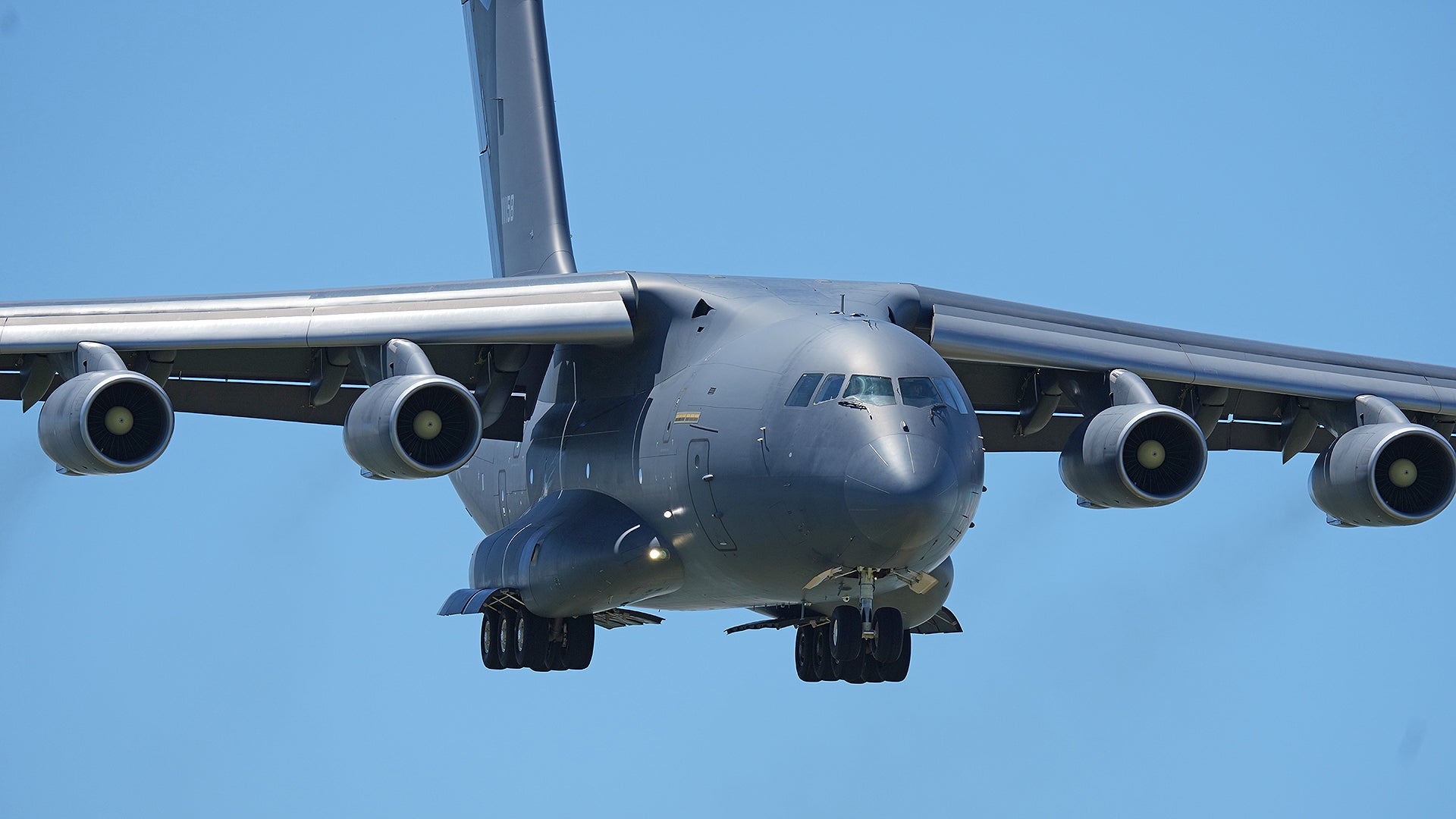Buccaneer Aircraft - If you are considering purchasing a used Buccaneer Amphibian XA it is The Ultralight Flyer's recommendation that the plane's fabric be tested. This is a simple, non-destructive test — you do it somewhere that isn't structural.
Hey how's it going? I have a Buccaneer XS and I'm in southwestern Missouri. I run a Rotax 503 with a B-box and a three blade Ivo prop. I live on the water so that's my landing and takeoff;
Buccaneer Aircraft

makes it really easy other than a glassy evening but having a blast at 63 years old. —Bill  uploads/2020/04/Buccaneer-on-turf.jpg 1022w" sizes="(max-width: 540px) 100vw, 540px" />Throughout aviation history, airplane builders worked hard to shave pounds, ounces, or grams from their designs . If light is right, then ultralights do it best. Only two of its veterans moved to a new factory he opened in Florida, according to Bruce Rivard.
uploads/2020/04/Buccaneer-on-turf.jpg 1022w" sizes="(max-width: 540px) 100vw, 540px" />Throughout aviation history, airplane builders worked hard to shave pounds, ounces, or grams from their designs . If light is right, then ultralights do it best. Only two of its veterans moved to a new factory he opened in Florida, according to Bruce Rivard.
Things did not work out and before long, his father got the company back. Bruce handled North American sales and service out of New Hampshire (go to www.teamlake.com), including finding good used Lakes and upgrading them for sale with a warranty.
Production slowed to special orders only and, in the last few years, stopped. I was indeed one of the lucky ones to be part of 700B squadron I.F.T.U when we received our first Bucc MK2s put them through their paces then formed the first front line Squadron to join H.M.S.
Victorious in 1955/6. Fortunately for those trying to fly with a smaller investment, a number of vintage ultralights are available with many brands still enjoying good parts support. The right used ultralight might address the interest of a pilot who simply wants a fun, recreational aircraft to enjoy without taking out a loan.
First Up — Buccaneer Xa Amphibian
Still out of budget? We spotted a 1980 LA-4-200 with roughly 3000 hours on the airframe and 1000 on the engine since a major overhaul. It's an IFR aircraft with a Garmin GNS 530W navigator, plus Vortex generators, aux fuel tank and an interior that was spiffed up back in 2007 and paint that dates back to 1992. It has an annual inspection due in August.
The aircraft is priced at $69,900, but we'd budget more given the upcoming annual inspection. A total of six FAA squadrons were equipped with the Buccaneer: 700B/700Z (Intensive Flying Trials Unit), 736 (training), 800, 801, 803 and 809 Naval Air Squadrons.
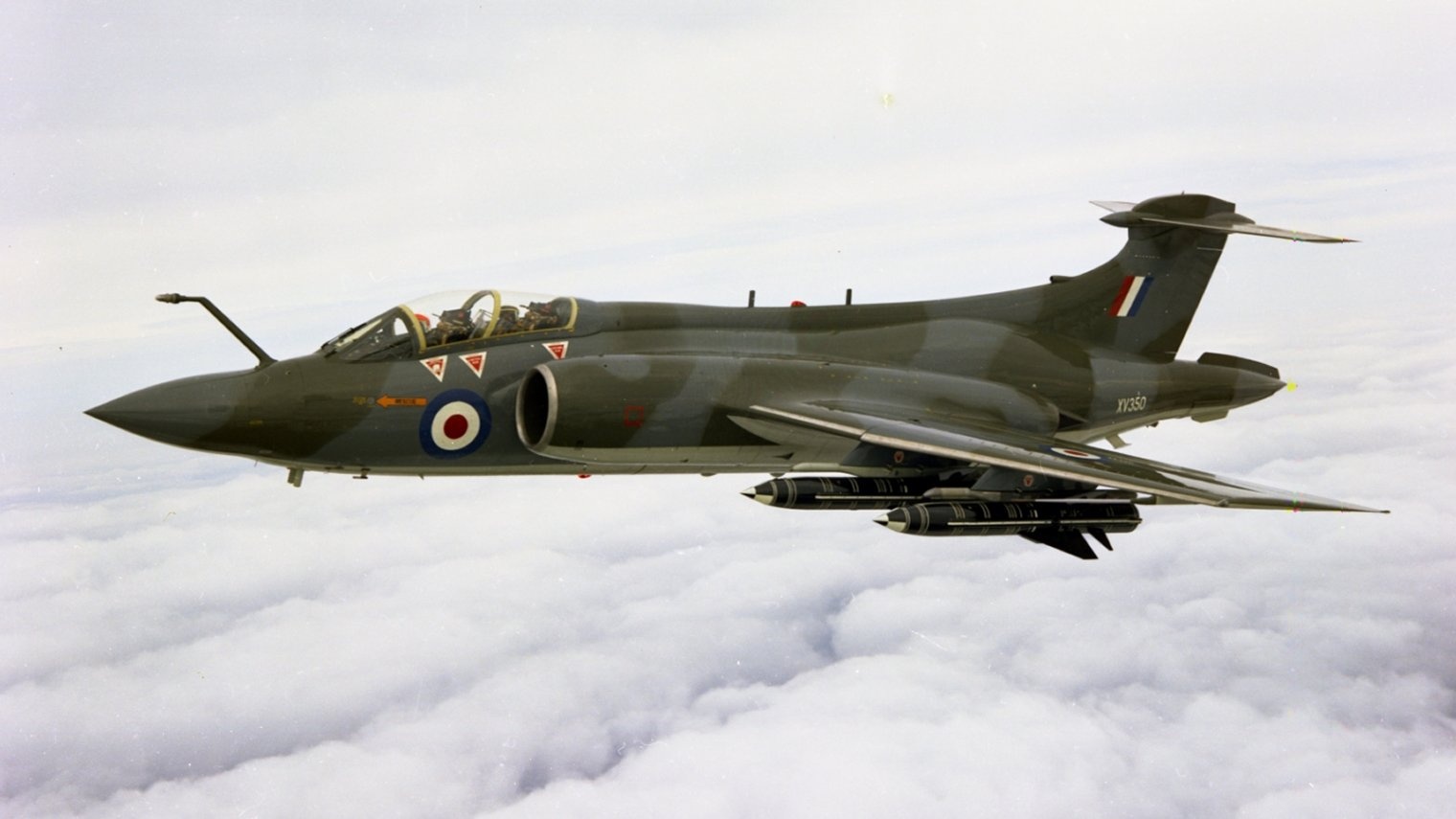
Buccaneers were embarked on HMS Victorious, Eagle, Ark Royal and Hermes.[52] The Buccaneer was retired from Fleet Air Arm service with the decommissioning of the Ark Royal in 1978.[51] The Royal Navy would replace their naval strike capability with V/STOL-capable British Aerospace Sea Harriers, operating from the smaller Invincible class aircraft carriers.[53]
The absence of gear-up embarrassments caused us to wonder whether amphibian pilots become so attuned to making sure that the Firestones are where they should be because the penalty for getting it wrong on a water landing is—distressingly often—death.
Royal Air Force
We have sometimes felt that making a turn while on the step has the equilibrium of a beach ball balanced on a pin. About a quarter of the on-the-step accidents involved making a turn and putting a wing into the water.
In some cases the inconvenient arrival of a boat wake tipped the fragile step taxi balance equation, and the flying boat. After the cancellation of the TSR-2 and then the substitute American General Dynamics F-111K, the Royal Air Force still required a replacement for its Canberras in the low-level strike role, while the planned retirement for the Royal Navy's aircraft carriers meant that
the RAF would also need to add a maritime strike capability. It was therefore decided in 1968 that the RAF would adopt the Buccaneer, both by the purchase of new-build aircraft, and by taking over the Fleet Air Arm's Buccaneers as the carriers were retired.[19][20][21]
A total of 46 new-build aircraft for the RAF were built by Blackburn's successor, Hawker Siddeley, designated S.2B. These had RAF-type communications and avionics equipment, Martel air-to-surface missile capability, and could be equipped with a bulged bomb-bay door containing an extra fuel tank.[22]
How About A Used
Part Ultralight?
Still, the Lake single-engine pusher has been a staple in the amphib world as far back as 1957, and while owners love them unconditionally, you'll never hear boasts of impressive cruise speeds. Just the same, we know folks who travel in Lake amphibs and yes, they fly them IFR.
These can be reliable go-places machines. "Instant vacation" is what one owner has called the Lake experience, and Lake fans say there is nothing else short of homebuilts and a couple of exotics (anybody know of a clean Seabee?) that lets them fly as easily into a remote lake or

stretch of river as on or off a runway. Of course, Icon aircraft is trying to make these operations a reality for more people with its A5 LSA amphib. Still, as with most machines that float and fly, that flexibility comes at a price in cruise efficiency.
For certain the Lake, for its power, does not go fast. In flight, the airplane is agile by seaplane standards. The ailerons are light but the rudder is a bit heavy, and flying the Lake well requires good rudder skills in the air and on the water.
Royal Navy
Stalls occur just above 42 knots or so, indicated. Recovery is gentle and predictable. The wing design of the Buccaneer was a compromise between two requirements: a low aspect ratio for gust response and high aspect ratio to give good range performance.[44]
The small wing was suited to high-speed flight at low altitude; however, a small wing did not generate sufficient lift that was essential for carrier operations. Therefore, BLC was used upon both the wing and horizontal stabilizer, having the effect of energizing and smoothing the boundary layer airflow, which significantly reduced airflow separation at the back of the wing, and therefore decreased stall speed, and increased effectiveness of trailing edge control
surfaces including flaps and ailerons.[31] For over 45 years Team Lake has watched and studied the used Lake market, which is shrinking as more Lake amphibians are exported and end up in remote parts of the world and seem to disappear.
At the time of production of this video (April 2020), The Ultralight Flyer estimates the retail value of a used Buccaneer Amphibian XA from the 1980s to be between $5,000 and $7,500! Your government Covid 19 check could make a substantial downpayment!
Buccaneer Xa
Who What How?
The Blackburn Buccaneer was a British low-level subsonic strike aircraft that served with the Royal Navy (RN) and later the Royal Air Force (RAF), retiring from service in 1994. Designed and initially produced by Blackburn Aircraft at Brough, it was later
known as the Hawker Siddeley Buccaneer when Blackburn became a part of the Hawker Siddeley group. Corrosion isn't the only water worry. Lakes take a beating from waves and junk in the water that can lead to dings and dents.

Gravel, rocks and sand strip paint and gouge the hull. Watch for it. Also check for internal damage at bulkhead station 97, a stress point for the hull. It was beefed up beginning with 1982 models.
During the 1980 Red Flag exercises, one of the participating Buccaneers lost a wing in mid-flight due to a fatigue-induced crack and crashed, killing its crew. The entire RAF Buccaneer fleet was grounded in February 1980, subsequent investigation discovered serious metal fatigue problems to be present on numerous aircraft.[57]
Proposed Developments
A total of 60 aircraft were selected to receive new spar rings while others were scrapped; the nascent 216 Squadron was subsequently disbanded due to a resulting reduction in aircraft numbers.[58] Later the same year, the UK-based Buccaneer squadrons moved to RAF Lossiemouth.
Prices have a very wide range from $14,000 average retail for a good C-1 Skimmer (a pretty rare find; fewer than 25 were built) to nearly $350,000 for a 1997 LA-270 Turbo Seafury, according to the Aircraft Bluebook.
About a decade after the first factory built ultralight aircraft appeared in American skies, seaplanes arrived. Not float-equipped land planes but boat-hulled airplanes. At first no one thought such a design could meet Part 103 tight empty weight limit.
They didn't count on a creative crew from the lake region of Florida. In order to enable the aircraft to perform effectively in the crucial low level flight conditions it was operated under, several major design features were integrated into the Buccaneer.
South Africa
The then-new technology of boundary layer control (BLC) was studied extensively and a fully 'blown' wing was adopted, significantly improving low-speed performance crucial to effective carrier operations.[28] The Buccaneer featured a large internal bomb bay, in which a wide range of conventional and nuclear armaments could be housed, in addition to external weapons mounting points.[29]
The fuselage of the aircraft was designed for exceptional strength and durability, and to resist the phenomenon of metal fatigue exacerbated by prolonged flight operations at low altitude.[30][31] As for parts supply, they still come directly from REVO in Kissimmee, Florida.
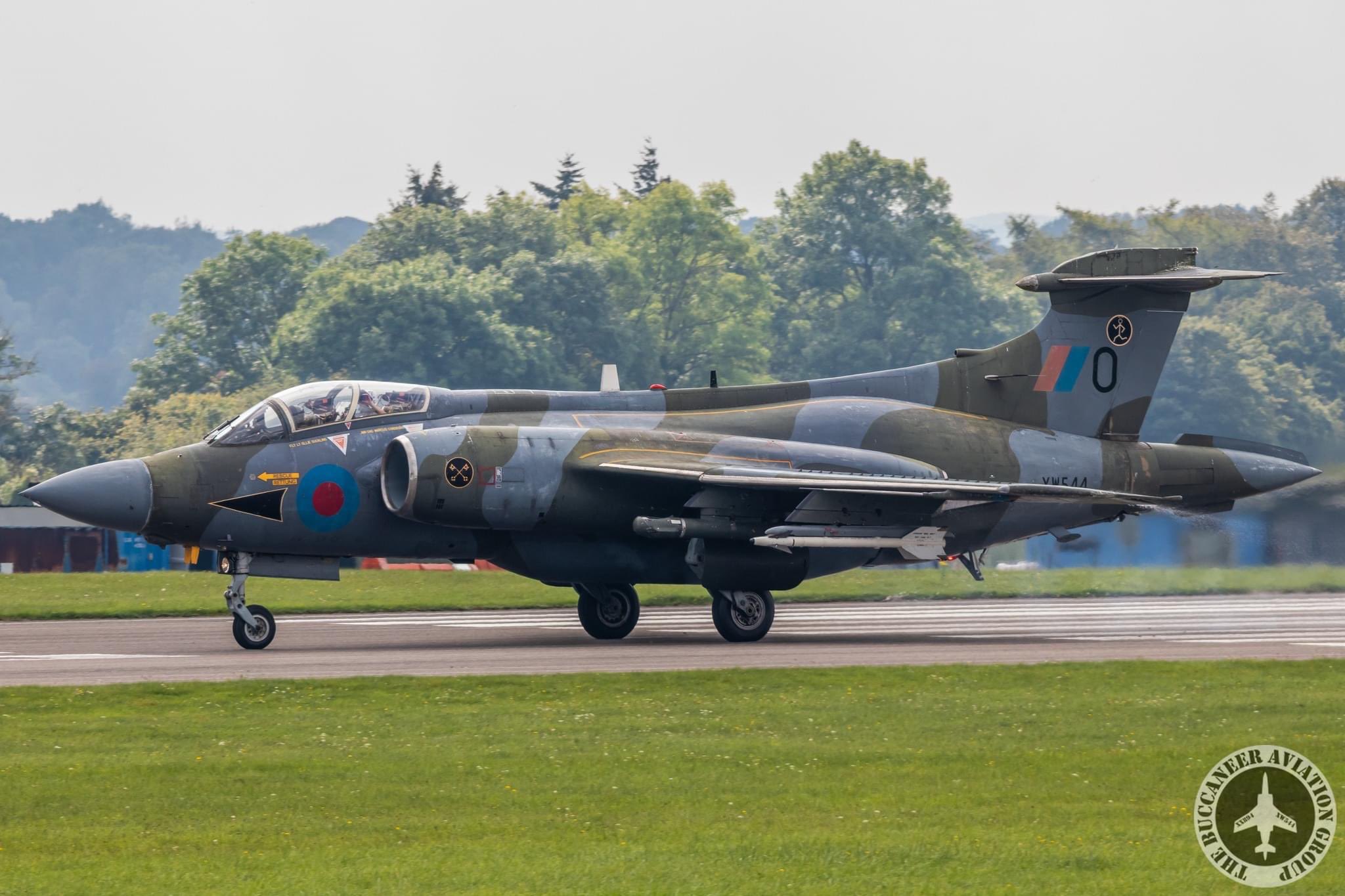
It supplies parts directly as well as to service centers including Lake Central in Canada and Amphibians Plus in Florida. I think both do a great job maintaining the fleet. On completion of my Leading Hands Course I was fortunate enough to be drafted to A&AEE Boscombe Downnot only was this a well sought after draft but on arrival was placed on the RAF Handling Squadron which was brilliant.
I was working mostly on a RN Whirlwind which was together with the maintenance crew that was placed on the Naval 'C' squadron. Csquadron had a variety of aircraft including Buccaneers. These Buccaneers and us maintainers were sent to do trials on HMS Hermes, I believe it was to evaluate the ... read more»read more»
Armament And Equipment
For those wondering if they should consider an older ultralight, Dave reported that to be included in his survey, all these aircraft must be supported by manufacturers that produce parts so that repair and continued airworthiness can be maintained.
The other excellent news was that there were only two VFR-into-IMC crashes and only two pilots lost control and hit something during a go-around. Both are well less than half the number we expect to see.
By April 1965, intensive trials of the new Buccaneer S.2 had begun, with the type entering operational service with the FAA later that year. The improved S.2 type proved its value when it became the first FAA aircraft to make a non-stop, unrefueled crossing of the Atlantic Ocean.[49]
On 28 March 1967, Buccaneers from RNAS Lossiemouth bombed the shipwrecked supertanker Torrey Canyon off the western coast of Cornwall to make the oil burn in order to avoid an environmental disaster. In 1972, Buccaneers of 809 Naval Air Squadron operating from HMS Ark Royal took part in a 1,500 mile mission to show a military presence over British Honduras (modern day Belize) shortly before its independence, to deter a possible Guatemalan invasion in pursuit of their territorial
South African Air Force
claims over the country.[50] I'll try harder... I'd like to cover the wings and fuselage with PVC sheet coated with aluminum radiant barrier. I purchased 4′ x 500′ rolls to insulate additions to my home and noticed it’s super resilience to tearing.
No air pass thru, so no need to coat like Dacron, and will be super resistant to radar with all the aluminum surfaces. (LOL!?) There were 19 reports of engine stoppages or power loss—eight of which could not be explained or duplicated afterward.
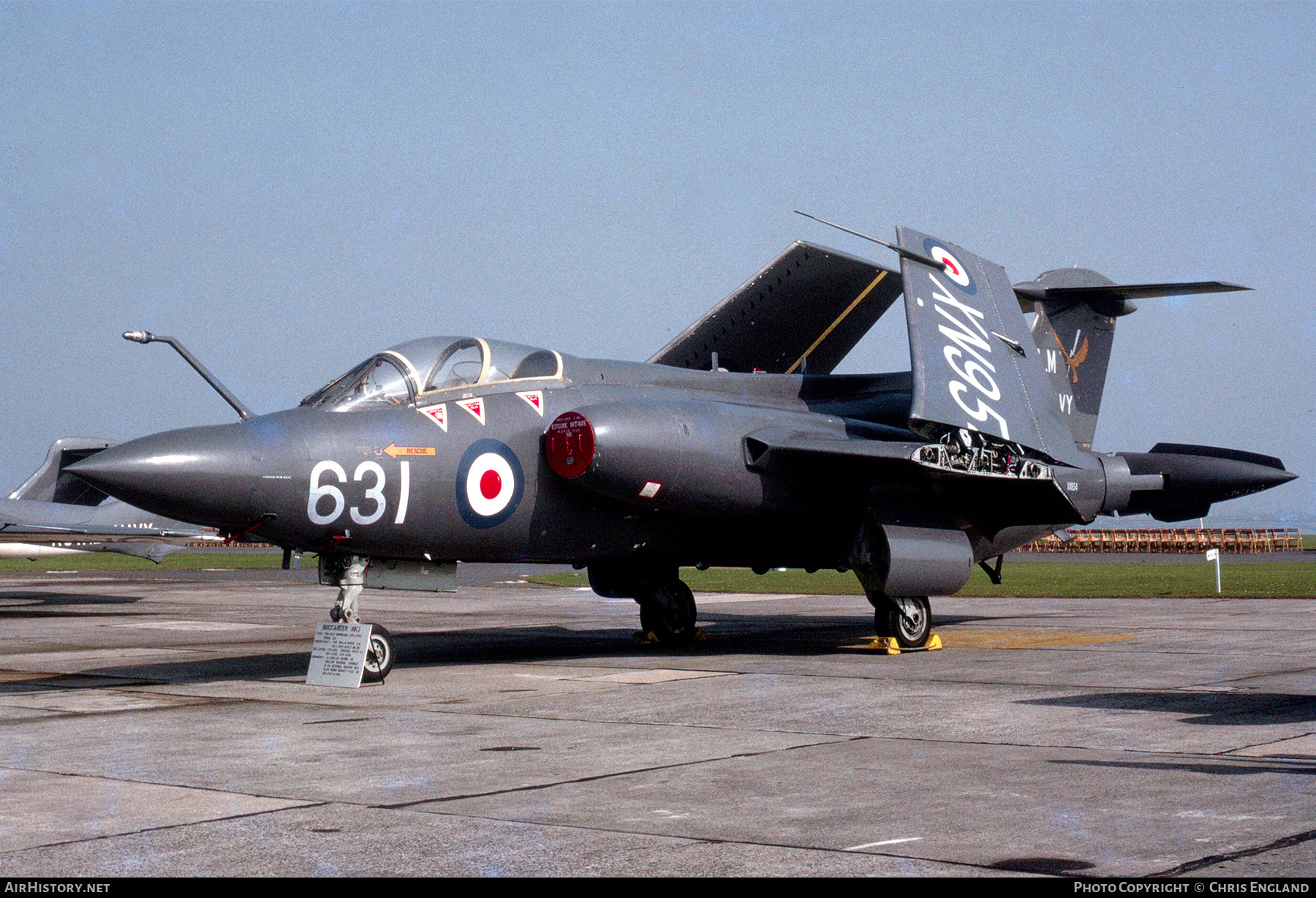
The ones that could be explained were because of errors in maintenance or failure to conduct maintenance. A 200-HP Buccaneer performs on a par with a 150-HP landplane—one owner said that he flight plans his Lake at the same speed he does an older Cessna 172. Owners reported that book cruise numbers were not realistic.
They reported cruise speeds in the 105- to 115-knot range with fuel consumption of about 10 GPH. A Renegade cruises at about 122 knots and one owner told us he burns 13.5 to 14 GPH. The turbo version shines up high with cruise speeds closer to 150 knots.
That's pretty respectable, in our estimation.  A frequent comment I hear is that the price of recreational aircraft are too high.
A frequent comment I hear is that the price of recreational aircraft are too high.
Some pilots have been stating this for 18 years, since a couple years before Light-Sport Aircraft emerged. The Lake has been a big part of my life (46 years and counting) and I got my private ticket in a Lake Buccaneer back in 1974. I still enjoy the airplane and fly as much as I can.
It's more for fun now, but I do mix business with pleasure. All seaplanes leak. It's a fact of life. The hull of the Lake is broken into compartments with drains at the bottom of each—accessible when the airplane is on land.
To purge the bilge water when on the water, there is an electric pump located near the step. As long as the airplane is sitting level, owners tell us that it will get rid of most of the water in about five minutes.
Design work on the Buccaneer began in June, 1952, when the Royal Navy issued requirement NA.39 for a two-seater naval strike aircraft that could be used to combat Soviet warships. Blackburn's design (known then as Project B-103) won in 1955, resulting in an order for an evaluation batch of 20 aircraft being placed in July.[1]
buccaneer aircraft for sale, blackburn buccaneer aircraft, buccaneer ultralight aircraft, raf buccaneer, buccaneer 2 seaplane, buccaneer aircraft images, lake buccaneer aircraft for sale, buccaneer fighter jet
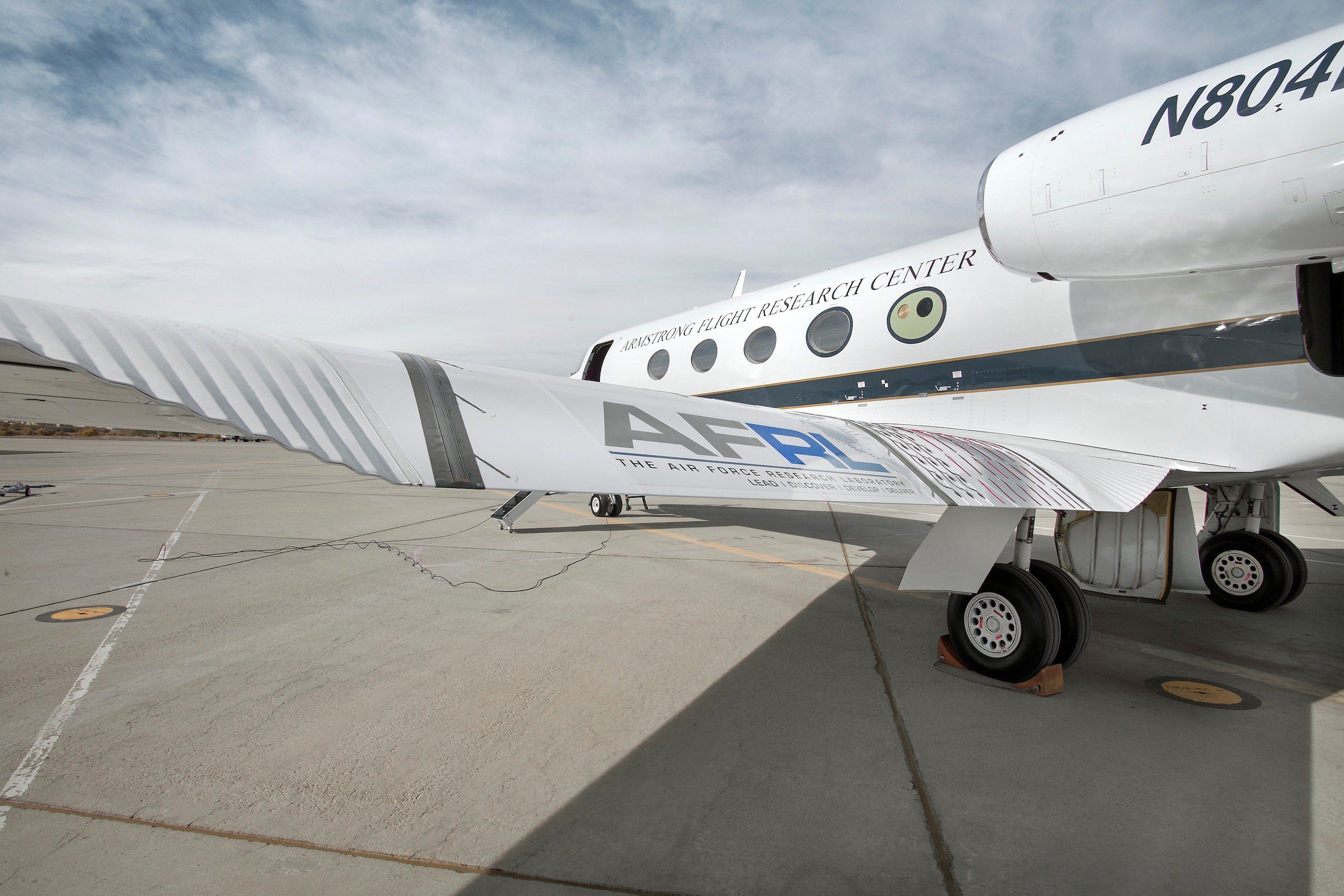
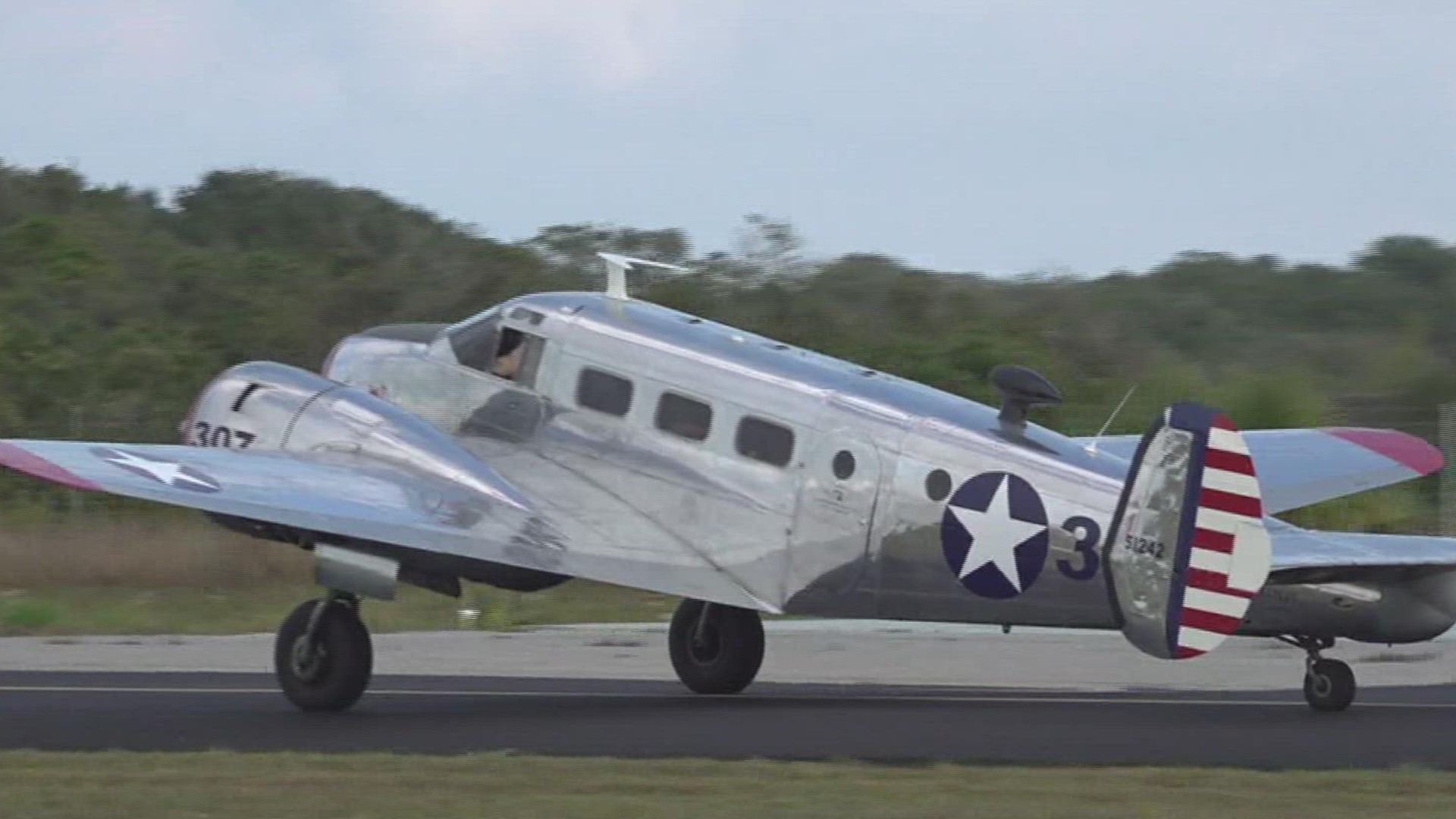



 Aaron Brook owns and operates Advanced Aviation, Inc. an experimental aircraft builders assist shop in Bend, Oregon. Aaron first worked with Lancair beginning in 1992 in the construction of many of their prototype aircraft including the Lancair ES, Tigress, Legacy, and Evolution.
Aaron Brook owns and operates Advanced Aviation, Inc. an experimental aircraft builders assist shop in Bend, Oregon. Aaron first worked with Lancair beginning in 1992 in the construction of many of their prototype aircraft including the Lancair ES, Tigress, Legacy, and Evolution.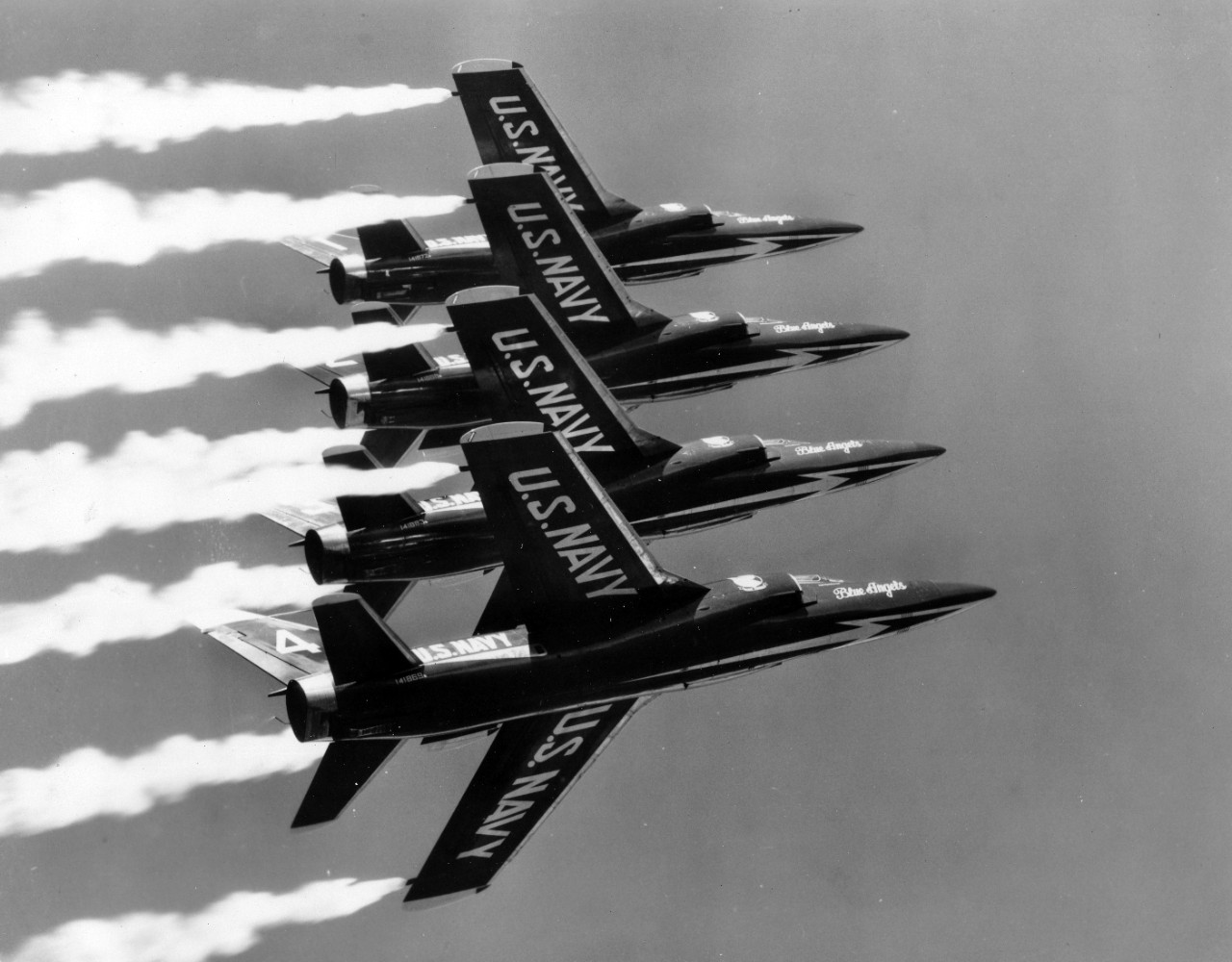





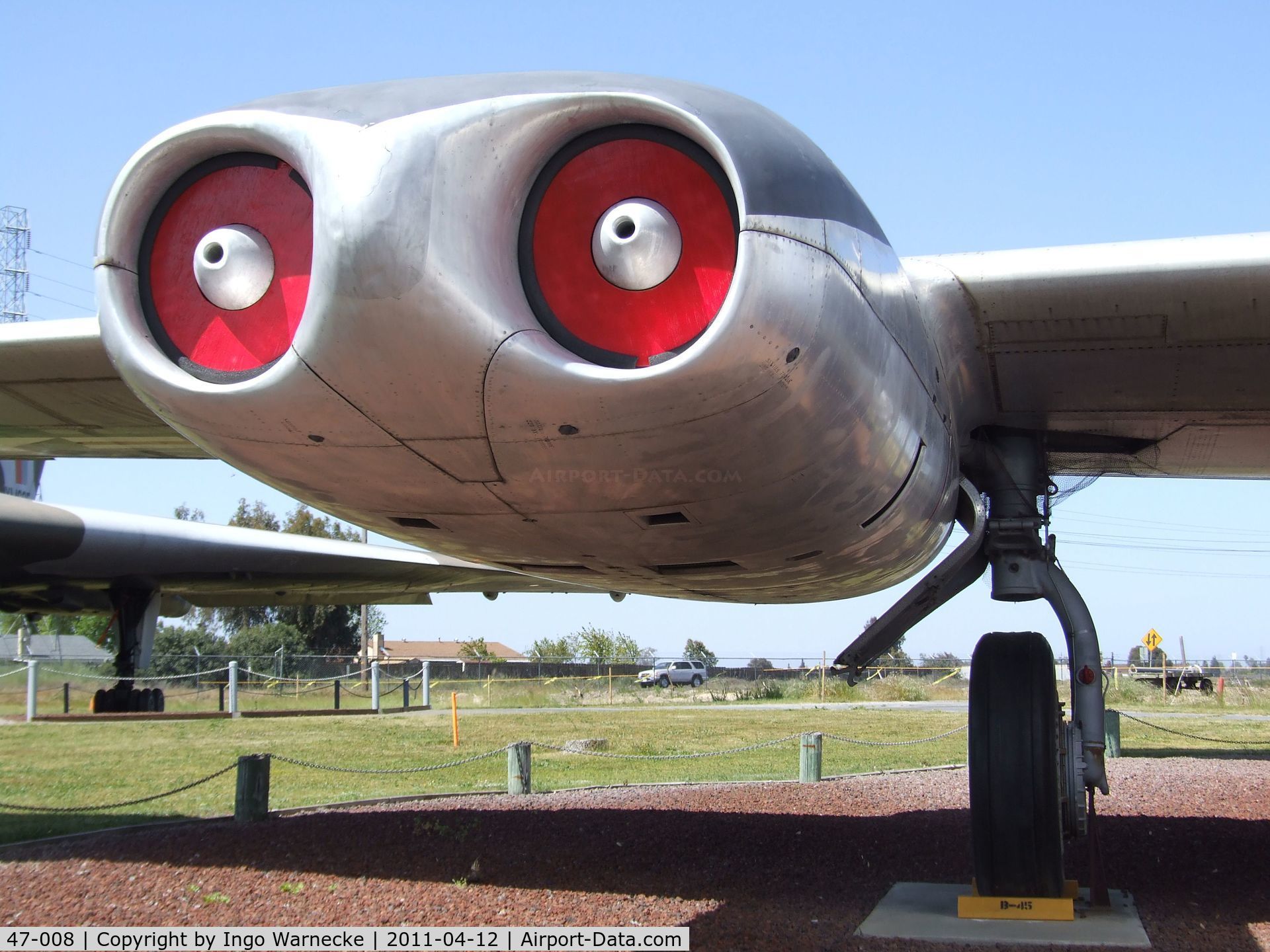
![Dvids - Images - Army Golden Knights C-147 Takes Flight [Image 2 Of 2]](https://d1ldvf68ux039x.cloudfront.net/thumbs/photos/1912/5964837/2000w_q95.jpg)
![Dvids - Images - C-5M Super Galaxy And C-17 Globemaster Iii Routine Maintenance [Image 1 Of 10]](https://d1ldvf68ux039x.cloudfront.net/thumbs/photos/2107/6740190/2000w_q95.jpg)

 uploads/2020/04/Buccaneer-on-turf.jpg 1022w" sizes="(max-width: 540px) 100vw, 540px" />Throughout aviation history, airplane builders worked hard to shave pounds, ounces, or grams from their designs . If light is right, then ultralights do it best. Only two of its veterans moved to a new factory he opened in Florida, according to Bruce Rivard.
uploads/2020/04/Buccaneer-on-turf.jpg 1022w" sizes="(max-width: 540px) 100vw, 540px" />Throughout aviation history, airplane builders worked hard to shave pounds, ounces, or grams from their designs . If light is right, then ultralights do it best. Only two of its veterans moved to a new factory he opened in Florida, according to Bruce Rivard.




 A frequent comment I hear is that the price of recreational aircraft are too high.
A frequent comment I hear is that the price of recreational aircraft are too high.